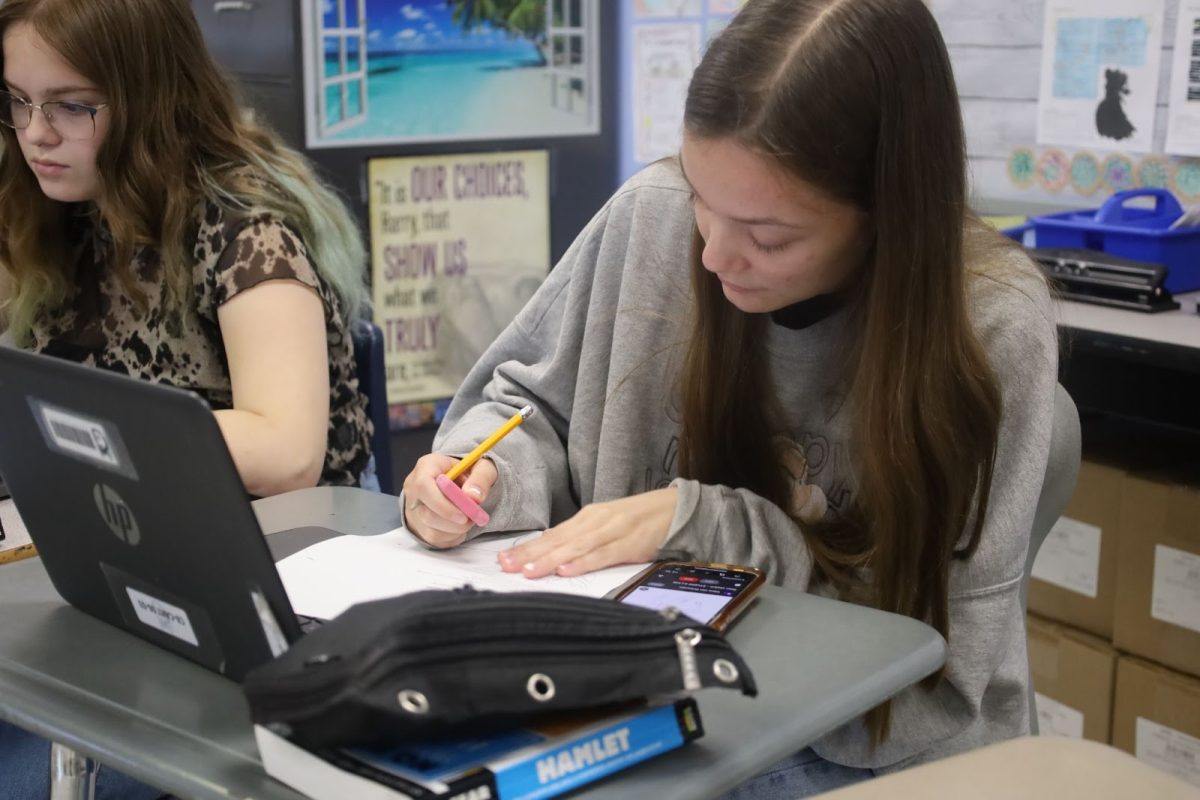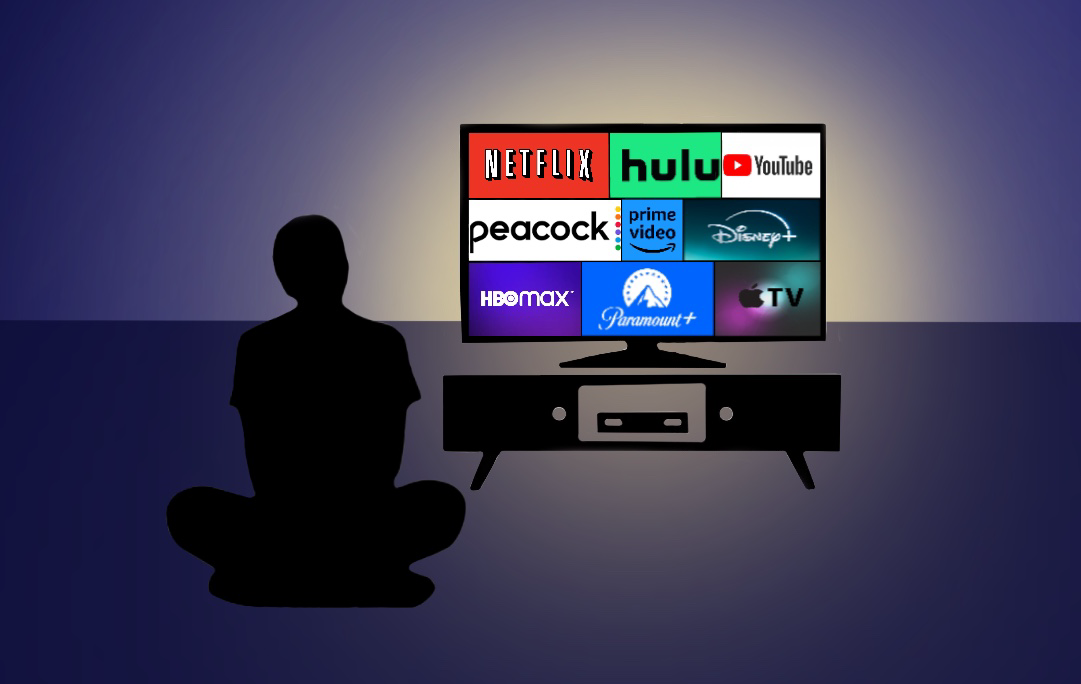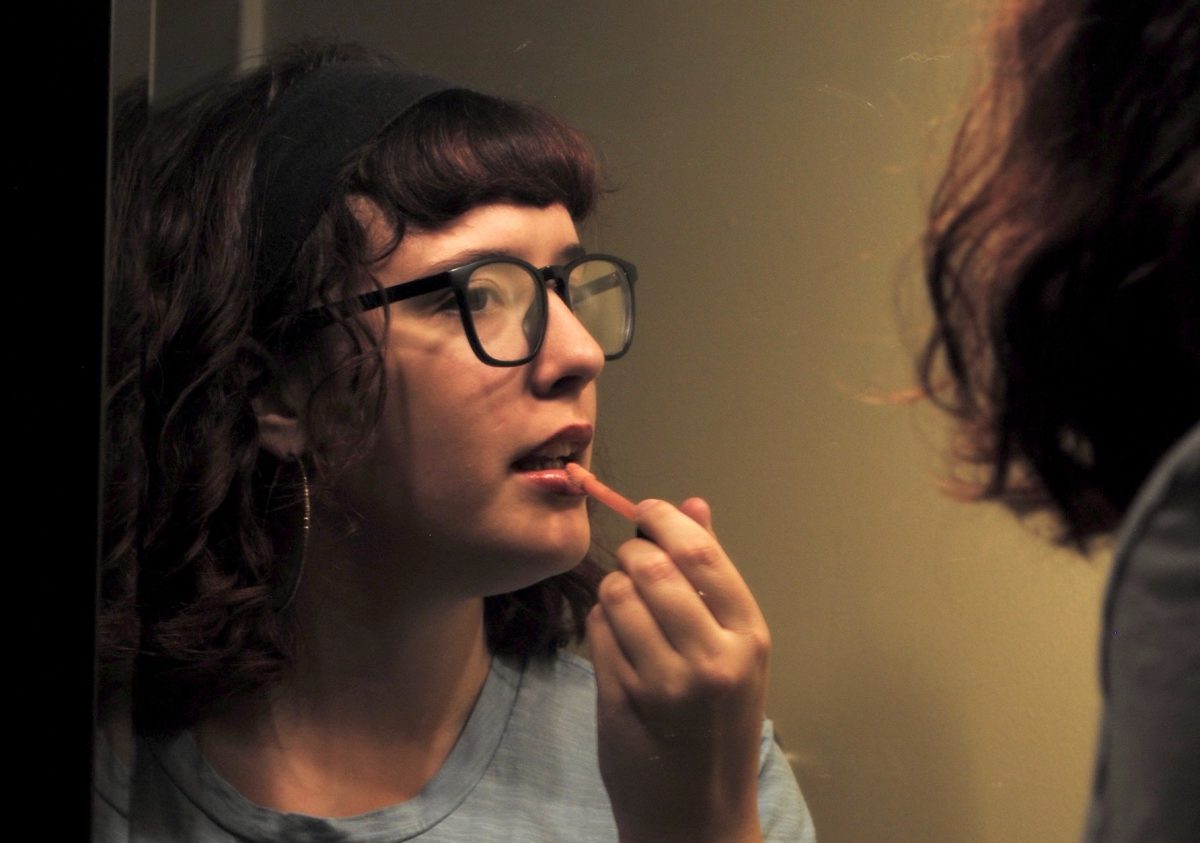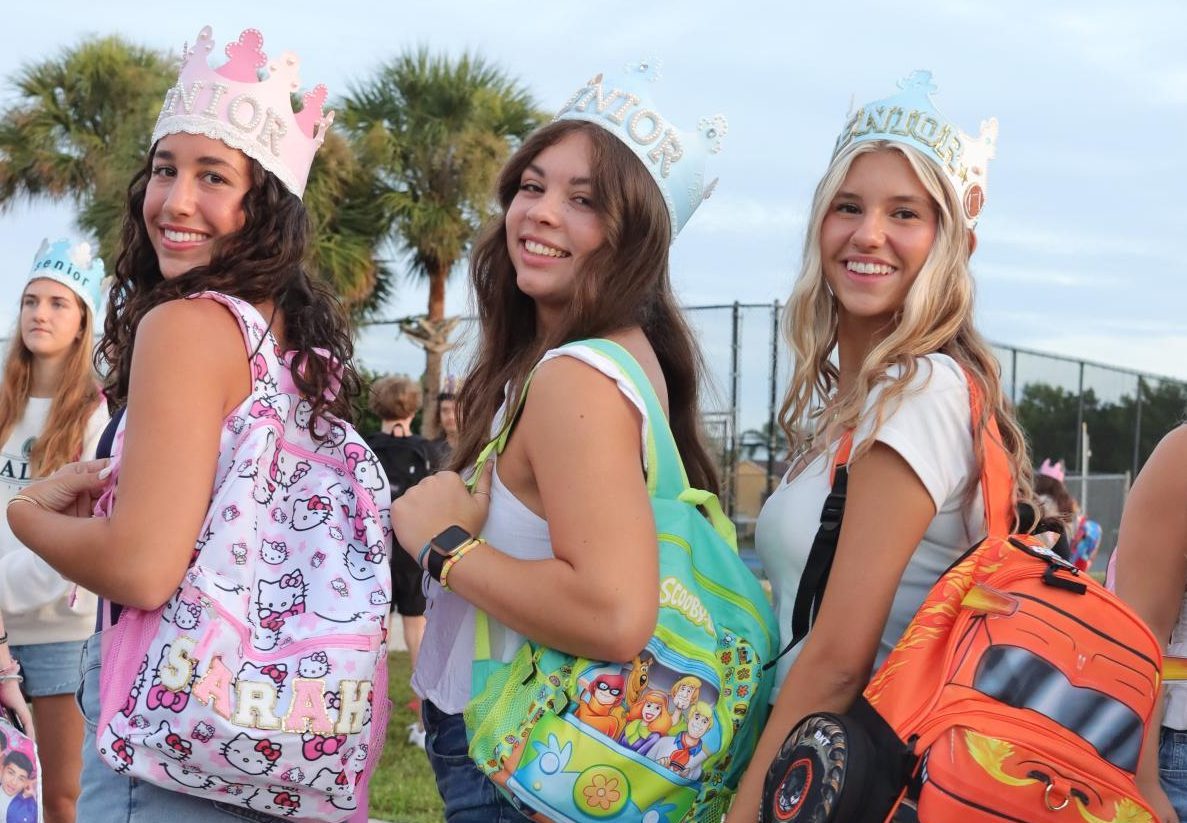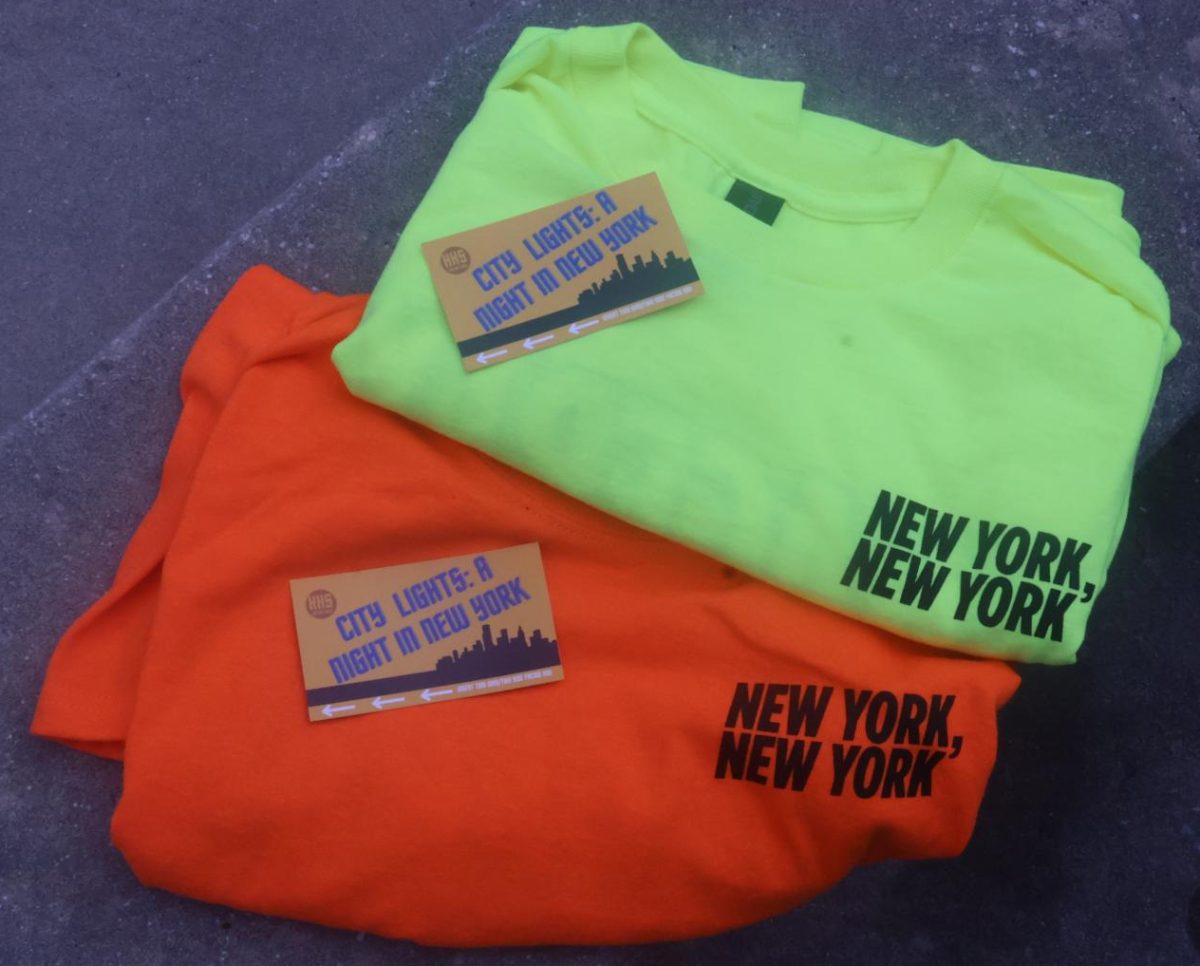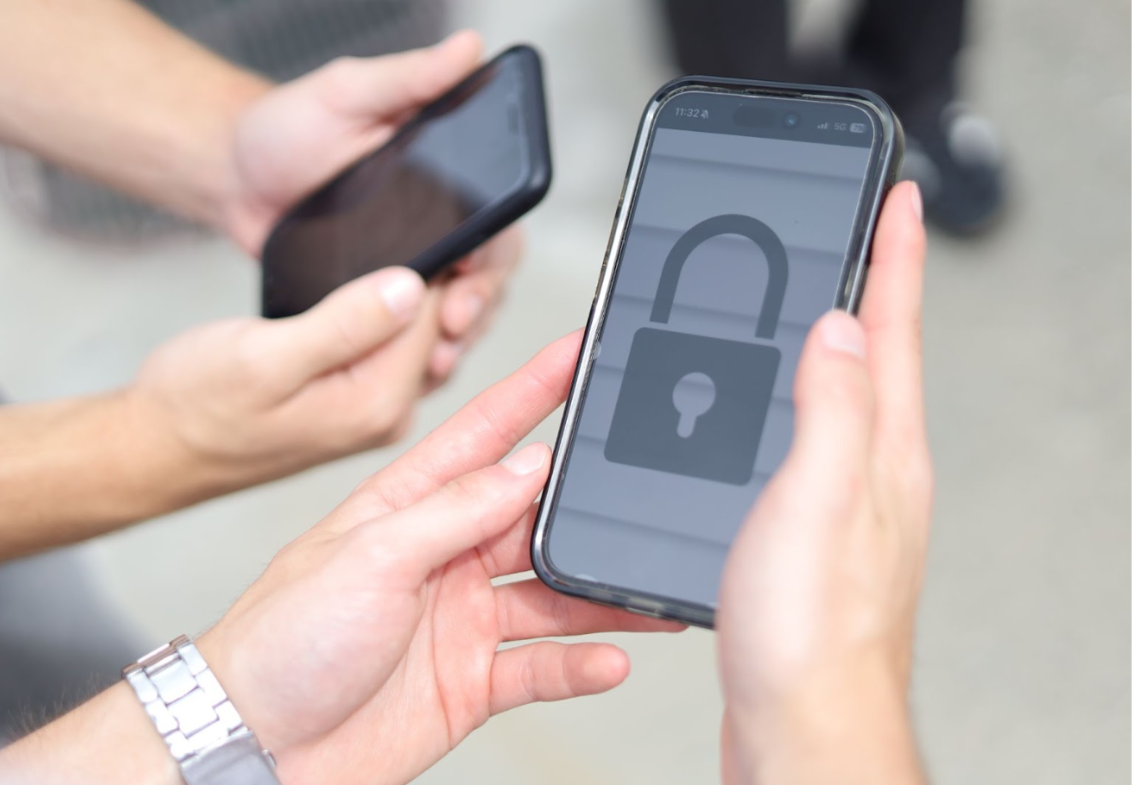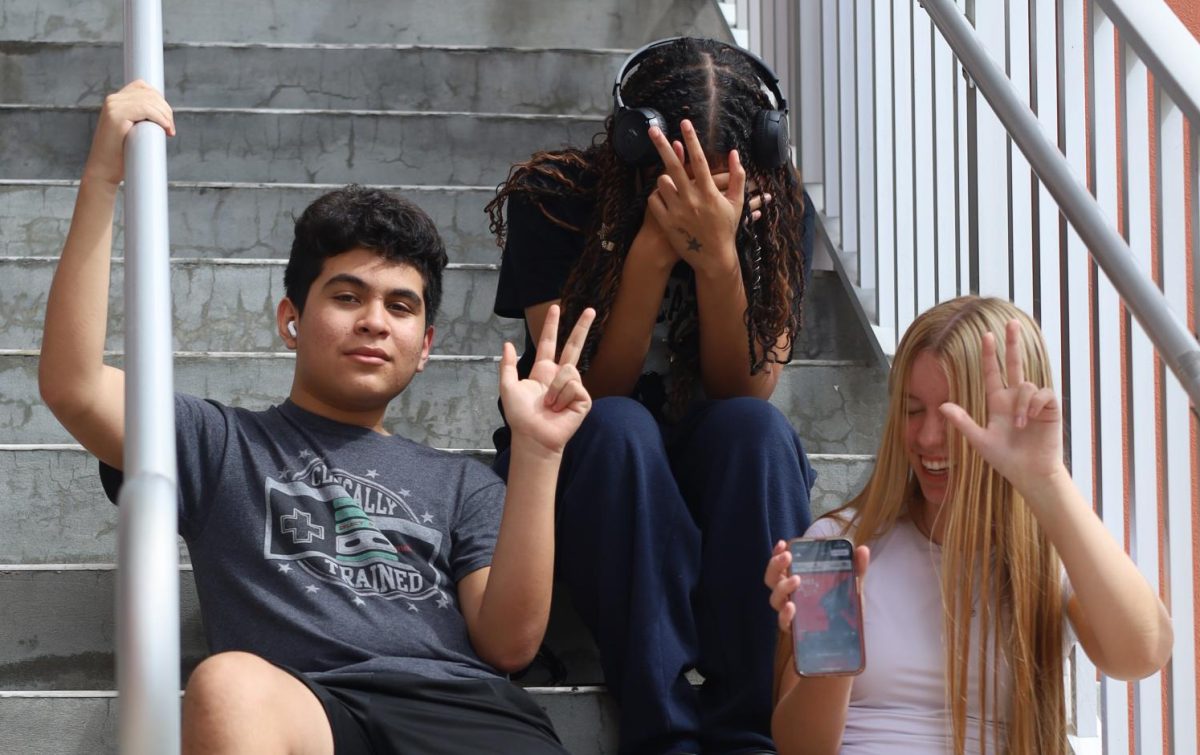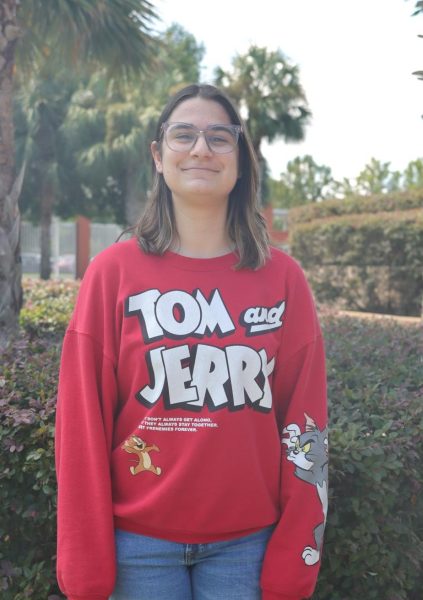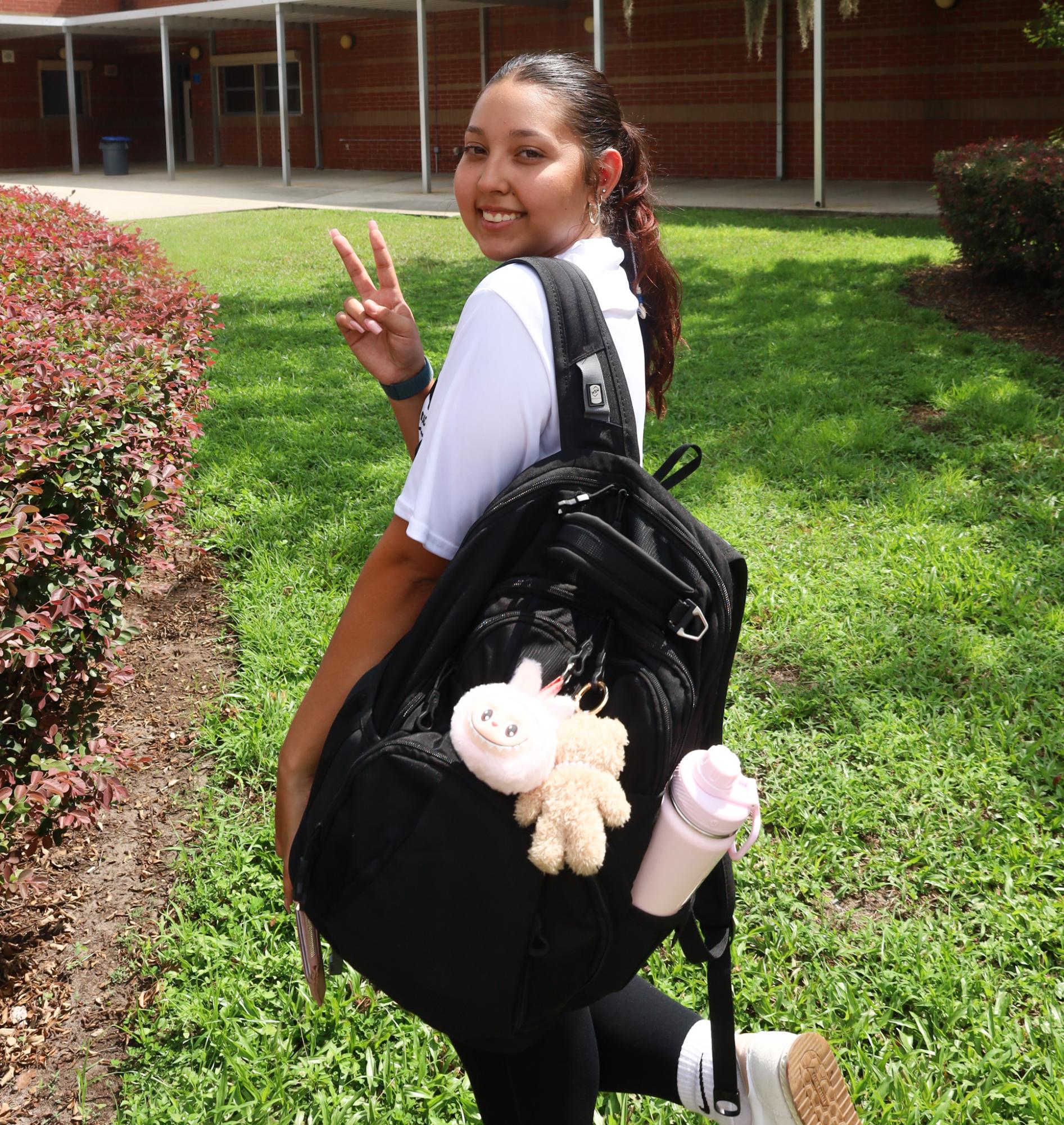
While scrolling through TikTok last summer break, every third video seemed to feature the same wide grin, fluffy ears and uncanny facial expressions. Some people claimed to own “the one and only limited edition 24 karat golden” variation, and others reviewed the best knockoffs. Summer 2025’s collectible craze featured none other than everybody’s new favorite bag charm, the Labubu.
If you somehow have not seen them yet, Labubus are fluffy, bunny-esque figurines originating from Hong Kong, China. Though the idea first came about over a decade ago in 2015, they have just recently gained popularity due to celebrity endorsements.
Last year, Lisa from the K-pop group BLACKPINK posted a series of photos showing off the dolls as accessories. Later on, in February, Rihanna was pictured with a Labubu bag charm. Furthermore, Kim Kardashian hopped on the trend, taking to Instagram to post a photo of her sizable collection in April.

Though the trend took off slowly, it exploded into the mainstream in May, with $4.8 million in sales in the United States alone, a 1,830% increase from sales in 2024. Since then, Labubus have been appearing everywhere—from mystery unboxing videos on “For You” pages to the campus cafeteria.
Senior Adriana Pagan first heard about the trend from Instagram Reels, and later bought her Labubu from the distributors’ official TikTok livestream. She purchased the doll in May, right around when the trend started gaining traction in the States.
“It looks cool. It looks freaky. [I bought it because] I just thought it looked funny,” Pagan said.
Even though the dolls are known for their steep price tag, Pagan was able to score one for half the typical price because her Labubu was from the original series.
Like many other collectibles, Labubus are released in themed series to keep existing customers interested and intrigue new ones. For example, one of the most famous of these series is the Coca-Cola line, released in January and priced at around $240 for the entire set.
Luckily, Pagan purchased her Labubu for around $40, which is a stark contrast to the normal prices of the dolls. Though, some other students were not as fortunate.
“I paid like 75 [dollars, but I think it’s worth] 35 to 50,” sophomore Jennifer Trejo said.
Despite the price, Trejo is still willing to buy one more Labubu to add to the two she already owns, due to the fun mystery unboxing process and their potential as accessories.
However, some Labubu owners have mixed feelings on the trend. Considering the price, they fail to provide substantial utility as accessories.
“It was cool at first, [but now] everybody has it. I want to put it on my backpack or purse [but] I’m scared it’s going to get stolen. I just hang mine near my bed,” Pagan said.
Though Labubus are precious to many of their owners, this very fact is what stops some from proudly displaying them. This is especially the case on campus, where crowded hallways and the rush to dismissal put the dolls in danger of getting lost or stolen by resellers.
“People resell [them] for huge [prices]. There was one person that sold [one] for $60 to my mother. We didn’t want to spend that much money,” Pagan said.
Though the trend is winding down now, the dolls are still coveted to many, especially collectors and customers overseas. For example, back in Hong Kong, one ultra-rare Labubu was recently sold in an auction for $150,000.
So, though students may not be lucky enough to spot a 24-karat golden Labubu on campus, there’s still a chance they’ll see one hanging from a bag, sitting in someone’s car, or perhaps peeking out of their closet with that infamous smile.


